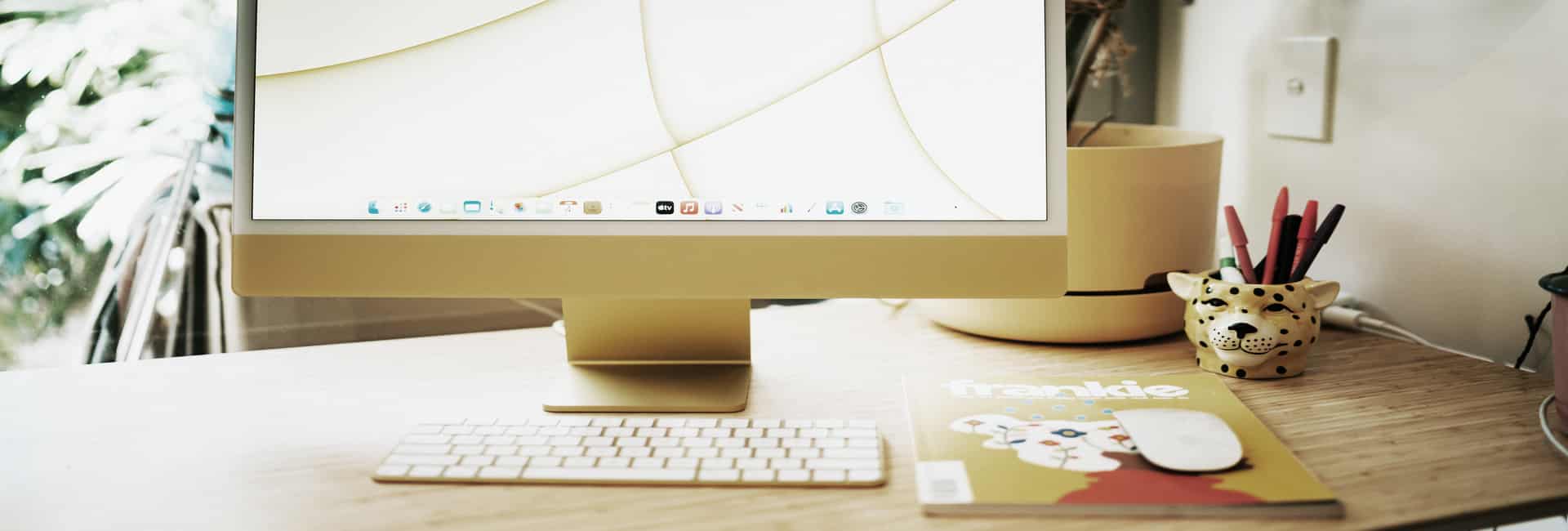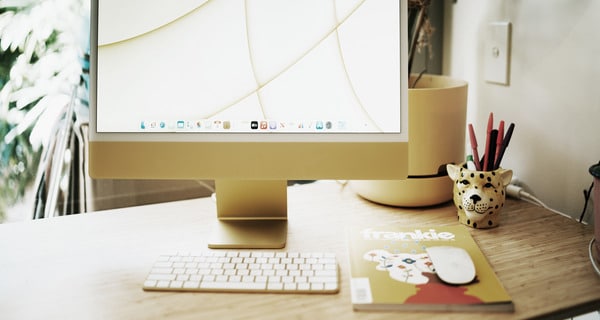
Used under a Creative Commons Licence
How to Protect Your Ideas: A Step-by-Step Guide
Have you ever had a great idea in the shower or on your morning walk — a new kind of pillow, a pair of shoes with an unexpected twist, or even a better way of doing something — and thought, “I should protect this before someone else does”?
You’re not alone. Every day, Australian designers, entrepreneurs and inventors come up with original ideas — and far too many never take the right steps to protect them.
As Thomas Edison once said:
“The value of an idea lies in the using of it.”
And in today’s world, using it wisely means protecting it before you share it.
At Sharon Givoni Consulting, we’ve spent over 25 years helping clients turn ideas into assets — from fashion and footwear to furniture, beauty, tech, art and more. Below, we’ll walk you through how idea protection actually works under Australian law and what practical steps you can take right now.
Step 1: Understand What Can (and Can’t) Be Protected
The first thing to know is that ideas themselves — in their raw form — can’t be protected under Australian law. What can be protected are the expressions of those ideas: the way they’re drawn, made, branded or shared.
Here’s how it breaks down:
- Patents protect how something works — a new invention, mechanism or process. They don’t apply to a visual design or an aesthetic concept like the look of a pillow or a shoe.
- Registered Designs protect the visual appearance of a product — its shape, configuration, pattern or ornamentation. If your product looks different, a design registration can protect that look.
- Trade Marks protect your brand name, logo or slogan — the sign consumers associate with your goods or services.
- Copyright protects original artistic or written works — drawings, photos, patterns, and promotional material — but not mass-produced products.
- Confidential Information / NDAs protect what you share privately with others before it’s public.
So when people say, “I want to patent my idea,” what they often really mean is, “I need the right mix of design, trade mark and confidentiality protection.”
Step 2: Register Your Design — Protect the Look
If your product’s look is unique — for example, the curve of a sandal strap, the configuration of a cushion, or the sleek outline of packaging — then a registered design under the Designs Act 2003 (Cth) can protect it.
Design registration gives you the exclusive right to make, sell or license that design in Australia. It covers how your product looks, not how it works.
How the process works:
- Prepare drawings or photographs showing all angles of the design.
- File an application with IP Australia — registration usually occurs within 4–6 weeks.
- Keep it confidential before filing — public disclosure can destroy novelty.
- Once registered, you can label it with certain words to warn others
- Later, you can also request examination to get certification — needed to enforce it.
A design registration lasts 5 years, renewable once for a total of 10 years. That’s a decade of exclusive rights to your product’s appearance — a huge commercial advantage in fashion, furniture, consumer goods or lifestyle design.
Step 3: Register a Trade Mark — Protect the Brand
Your name and logo are the face of your business. Without protection, anyone could use something confusingly similar.
A trade mark under the Trade Marks Act 1995 (Cth) protects the word, logo or phrase that distinguishes your goods and services from others. It’s what stops competitors from riding on your reputation once your brand takes off.
Key points to remember:
- The filing date establishes your legal priority — whoever files first, wins.
- Trade marks are examined by IP Australia in 3–4 months and, if unopposed, can register in 6–8 months.
- Once filed, you can use the ™ symbol; after registration, you can use ® (using it prematurely is an offence).
- Registration lasts 10 years, renewable indefinitely — a long-term asset for your business.
- If your brand includes a logo, distinctive packaging or even a product name that consumers will remember, a trade mark is essential.
Step 4: Use a Tailored NDA Before You Share
Before you talk to anyone about your idea — especially a potential investor, supplier, manufacturer or distributor — have them sign a Non-Disclosure Agreement (NDA).
An NDA is a legally binding contract that prevents others from using or sharing your confidential information without consent.
However, not all NDAs are equal. Templates found online are often too generic or use foreign law. They may fail to identify the information you’re trying to protect or specify what happens if it’s misused.
A good NDA should:
- Define what counts as “confidential information.”
- Refer to your pending design and trade mark applications, putting others on notice.
- Include non-circumvention clauses (so they can’t go directly to your manufacturer).
- Require the return or destruction of materials if talks don’t proceed.
- State that Australian law applies.
- Once your idea enters the public domain — say, on social media or a trade show — confidentiality no longer applies. That’s why timing and process are critical.
As Benjamin Franklin wisely said:
“By failing to prepare, you are preparing to fail.”
Having the right NDA in place before you share your designs or pitch your idea can make all the difference.
Step 5: Manage Expectations — and Know the Limits
It’s worth noting that even with IP protection, there’s never an absolute guarantee in law.
Design registrations protect against others making products substantially similar in overall impression — a subjective test. Independent creation that looks different enough may not infringe.
Trade marks protect against confusingly similar branding, not every name that sounds alike.
NDAs protect confidential information only while it remains confidential. Once information is public, it can be freely used.
That said, combining these tools strategically is the best possible defence for most businesses. It creates a visible boundary that deters copying, supports licensing, and adds measurable value to your venture.
Step 6: Combine IP Rights for Stronger Protection
In practice, the strongest strategies combine several layers:
- Design registration to protect the look.
- Trade marks to protect the brand.
- NDAs and contracts to protect the conversations.
- Copyright to protect the artistic material (drawings, graphics, packaging).
This multi-layered approach ensures that even if one right is challenged, the others remain in place.
Step 7: Keep Good Records
Simple but powerful: always document your process.
Keep dated sketches, emails, manufacturing notes and correspondence. These records help prove ownership and originality if a dispute arises.
If you work with collaborators or freelancers, make sure ownership of IP is clearly assigned to your business in writing.
Step 8: see a lawyer
Its best not to navigate this alone.
At Sharon Givoni Consulting, we help innovators, designers and business owners protect what makes them unique.
Whether it’s a special pillow, a pair of shoes with a clever twist, or an entirely new way of doing something, we’ll:
Identify what aspects can be protected under Australian law.
We can:
- File the necessary designs and trade marks efficiently and correctly.
- Draft a tailored NDA that actually works.
- Explain the steps in plain English — no jargon, no guesswork.
With over 25 years’ experience protecting ideas across creative, tech and consumer industries, we know how to bridge the gap between innovation and legal security.
We believe in Turning Legalese into LegalEase® — breaking complex laws into simple, practical steps you can actually understand and apply.
So before you show your idea to the world, come and talk to us. We’ll help you protect it properly, step by step, and give you peace of mind that you are covered.
Ready to protect your idea?
Contact Sharon Givoni Consulting today — and let’s turn your inspiration into something that lasts.
Further Reading:
20 Australian inventions that changed the world –
First to Market for Creatives: How Designers Can Protect Their Ideas
https://designwiselegal.com.au/first-to-market-for-creatives-how-designers-can-protect-their-ideas/
Please note the above article is general in nature and does not constitute legal advice.
Please email us info@iplegal.com.au if you need legal advice about your brand or another legal matter in this area generally.


